By Dr. C.D. Sreenivasa Murthy
“Freemasonry is a beautiful system of morality, veiled in allegory and illustrated by symbols.”— George Washington
Freemasonry has long fascinated the world with its mystique, rituals and secrecy. Rooted in centuries of history, this fraternal organisation has garnered admiration, curiosity and suspicion.
Freemasonry’s origins can be traced back to the medieval guilds of stonemasons. These guilds consisted of master masons and architects. They often would meet with their patrons, higher levels of clergy, wealthy merchants and princes who were the sponsors for construction of great cathedrals, castles and palaces. These building construction techniques were kept secret and the guilds and their patrons would meet very secretly and had an elaborate system of symbols and signs to identify their members and to keep off intruders.
Overtime, these guilds transformed into a fraternity that welcomed not only stonemasons but also individuals from diverse professions. Transition from operative to speculative Masonry marked the beginning of Freemasonry as we know it today. Speculative Freemasonry emphasises moral and philosophical teachings, using the tools and symbols of medieval stonemasons as metaphors for personal development. The guiding principles of Freemasonry are Brotherly Love, Relief and Truth.
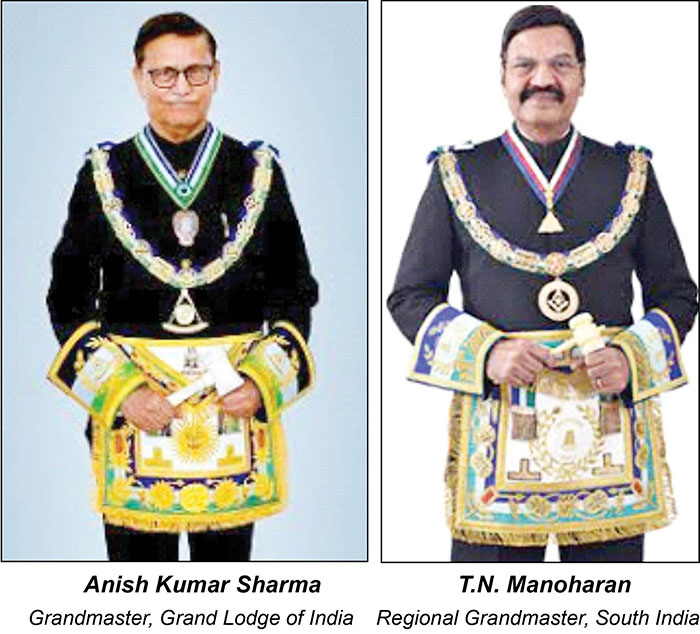
In 1717, four London Lodges formed the Grand Lodge of England, which is considered as the birth of modern Freemasonry. The Grand Lodge established a system of governance, rituals and degrees that provided a standardised framework for Lodges to operate. Freemasonry spread rapidly throughout Europe in the 18th century, attracting members from all social classes. Lodges were established in Thirteen British Colonies of North America where Freemasonry played a significant role in the establishment of the new independent nation of the United States of America.
Several prominent figures involved in American Revolution were Freemasons. George Washington, Commander-in-Chief of the Continental Army and the first President of the US, was an ardent Mason. Benjamin Franklin, the renowned statesman and diplomat, was another influential Mason who used his connections to advance the cause of American independence.
While Freemasonry itself did not directly cause the American Revolution, its principles and participation of influential Freemasons helped shape the movement and its ideals. The fraternity’s emphasis on liberty, equality and fraternity influenced the development of democratic values in the new-born nation of United States. Masonic influence can be seen in the founding documents of the US, such as the Declaration of Independence and the Constitution, which reflect the principles advocated by Freemasonry. In all, 14 US Presidents have been Freemasons.
The George Washington Masonic National Memorial has been established at Alexandra near Washington city. It is a museum designed to educate the world about how Freemasonry shaped the ideals, personality, and life of George Washington. In the museum there is a large mural depicting Washington laying the foundation for the new capital city wearing masonic regalia. It is said when he had to be sworn as the President, he designed the oath of office on the lines of masonic oath.
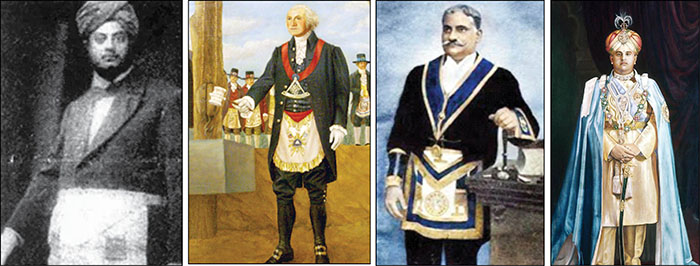
Some famous British Freemasons are Monarchs: King Edward VII, King Edward VIII and King George VI. War time Prime Minister Sir Winston Churchill and the husband of Queen Elizabeth H.R.H. The Duke of Edinburgh were also Freemasons.
Freemasonry played a significant role in British colonial society in India. Masonic Lodges served as important social and intellectual hubs, where members from various walks of life could come together on equal footing. These lodges facilitated networking, fostered camaraderie and provided a platform for discussions on a wide range of topics, including politics, philosophy, science and philanthropy. Many prominent Indian figures were members of the Masonic Lodges. Some notable Freemasons in India are Nobel Laureate Rabindranath Tagore, Dadabhoy Naoroji, Raja Ram Mohan Roy and Swami Vivekananda. So were many nationalists like Motilal Nehru (father of Jawaharlal Nehru), C. Rajagopalachari, the first Indian Governor General of India and industrialist J.R.D.Tata. After India gained independence in 1947, Freemasonry continued to thrive in our country. The Grand Lodge of India was established in 1961 to govern and regulate Masonic activities. Today, Freemasonry in India embraces individuals from diverse backgrounds, religions and professions, promoting brotherhood, egality, self-improvement and community service.
Each masonic entity is called a LODGE. Freemasons identify each other as BROTHER. The place in each Lodge where these brethren meet is designated as TEMPLE. The head of a Lodge is called MASTER. Freemasonry in India is controlled by the GRAND LODGE OF INDIA in New Delhi and its four subsidiaries the REGIONAL GRAND LODGES, head quartered in Chennai, Mumbai, Kolkata and New Delhi. The Masons heading these Regional Lodges are named as REGIONAL GRAND MASTERS and the Grand Lodge of India is headed by the GRANDMASTER.
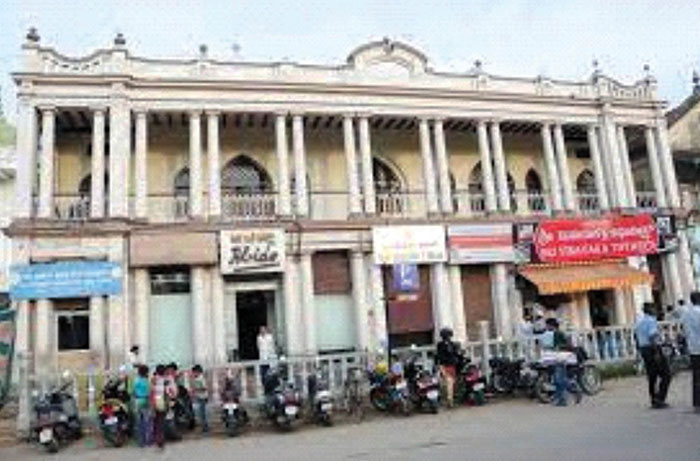
Mysuru has the honour of hosting the mid-term meet of the Regional Grand Lodge of Southern India on Sept.9 and about 1,000 Freemasons from all over South India are participating.
History of Freemasonry in Mysore, India, can be traced back to colonial era when British East India Company had a significant presence in the region. After the defeat of Tipu Sultan in 1799, a big contingent of English army was stationed in Mysore. It is said the officers of this contingent established the first Masonic Lodge in Mysore. During 19th century, alongside the political and administrative changes, British military personnel and civil servants brought Freemasonry to Mysore. The present Lodge Mysore, sponsored by Lodge Bangalore, was established in 1878, and will be completing one-and-a-half century soon. It moved into the present Lodge premises near Mysore Palace in 1891. The most illustrious member who has occupied the Masters chair of Lodge Mysore is Sri Jayachamaraja Wadiyar, the last Maharaja of Mysore State. The King and his brother-in-law, the Maharaja of Bharathpur, were initiated into the mysteries of Freemasonry at a special dispensation meeting of the Lodge held at Mysore Palace on June 19, 1956. JC Wadiyar was the Master for two years during 1959 and 1960. His son- in-law Sardar Ramachandra Raje Urs was the Founder Master of Lodge Jayachamaraja in Mysore. Three famous Dewans of Princely Mysore State, Sir M. Visvesvarayya, Sir Mirza Ismail and N. Madhava Rao were active Masons. Rao was a member of the Constituent Assembly which framed the Indian Constitution.
The author of this article Dr. C.D. Sreenivasa Murthy is the longest serving Brother of Lodge Mysore and has completed 55 years of masonic service. He was honoured with 50-year long-term service jewel by the then Grandmaster of India in 2020.
Freemasonry beliefs provide a solid foundation for personal growth, community service and development of strong ethical values. Through an analytical examination of these beliefs — from their origins in medieval stonemason guilds to their modern-day implementation — we gain insight into the guiding principles that shape members’ lives and forge lasting connections.
As Freemasonry continues to evolve in response to societal changes, its core beliefs of fraternity, egality and altruism remain steadfast, providing timeless wisdom for those seeking self-improvement, brotherhood and commitment to serve others.



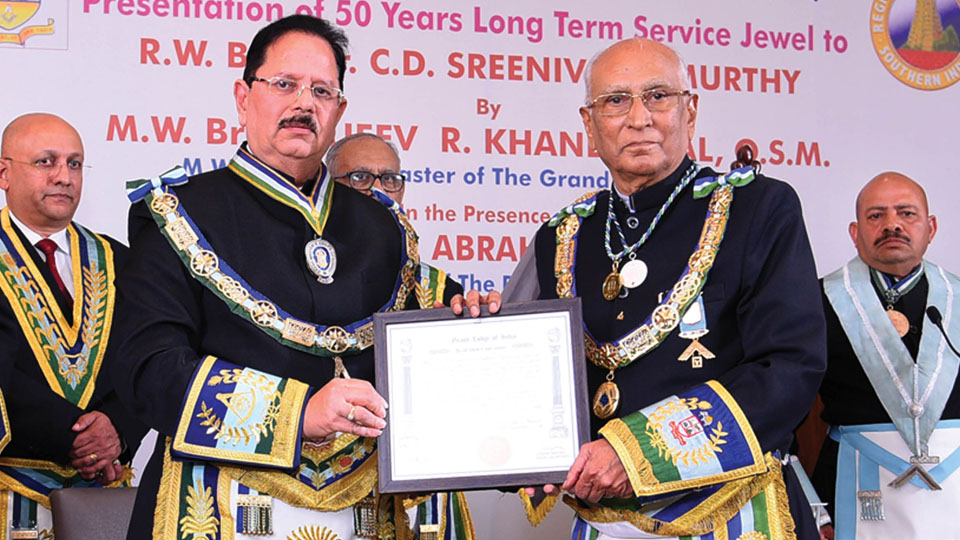
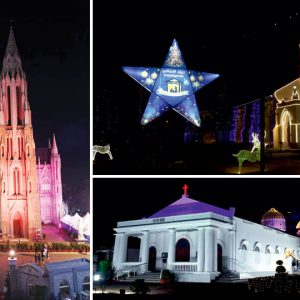
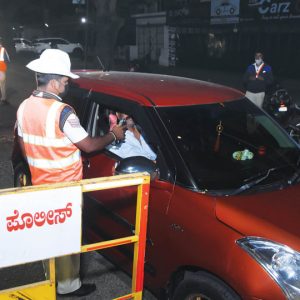
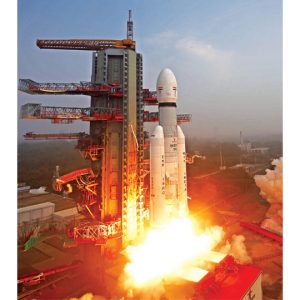
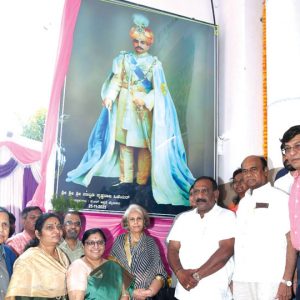
Recent Comments